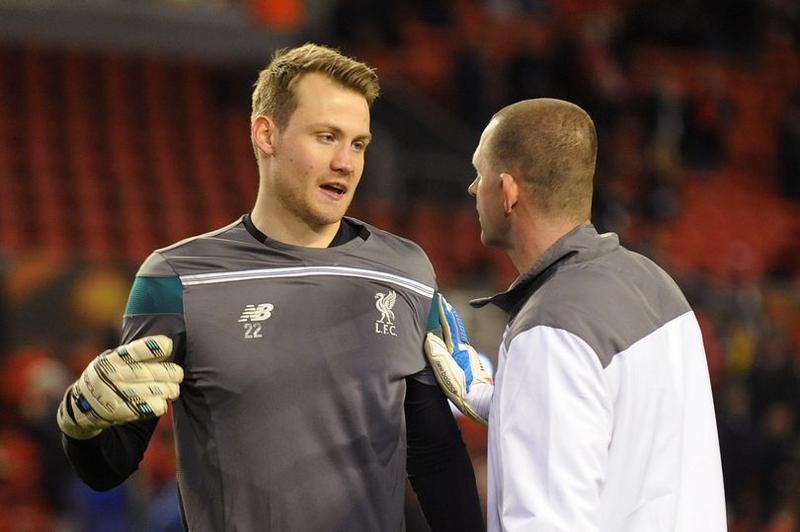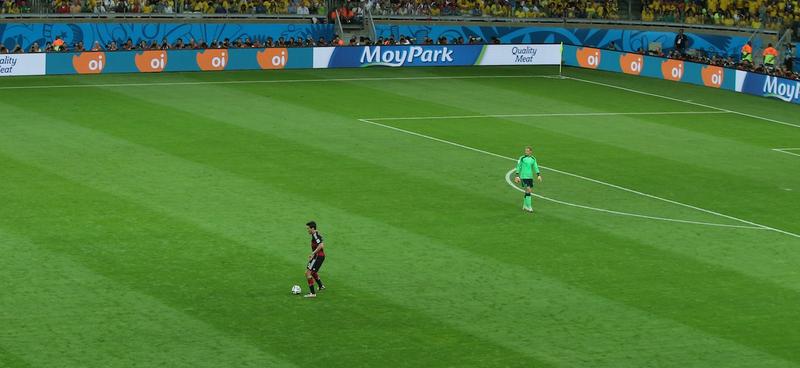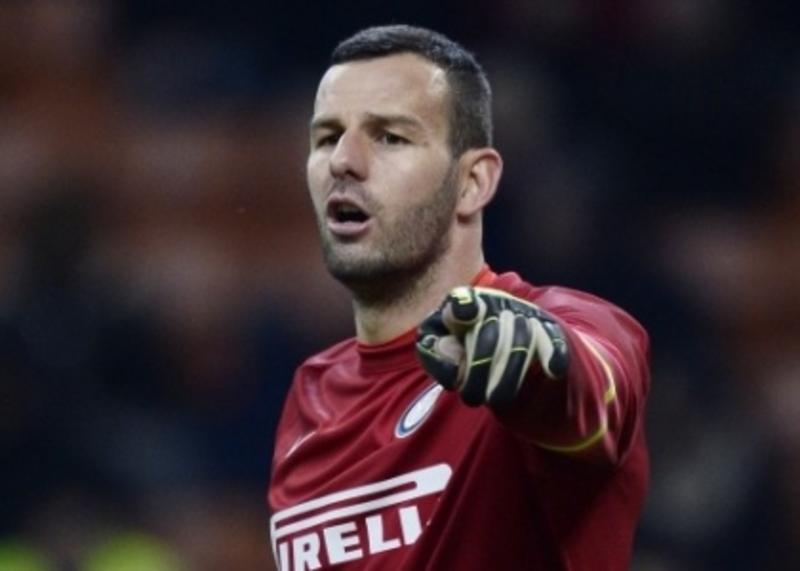FREE 2-3 DAY SHIPPING WITH ORDERS OVER $150. DISCOUNTED RATES BELOW $150.

- 860-904-7679
- |
- |
- |
- help
- |
- about
FREE 2-3 DAY SHIPPING WITH ORDERS OVER $150. DISCOUNTED RATES BELOW $150.

During the last 20 years, we have seen the goalkeeper position evolve and change in many ways. Recent rule changes have changed the role of the goalkeeper and forced goalkeepers to play more balls with their feet in the run of play. It is not uncommon to see a match where a goalkeeper has to deal with more backpasses then shots. We have also seen a tactical change in goalkeeping during the last 20 years. More and more coaches are looking for the “sweeper-keeper” and encouraging goalkeepers to not only play off their line aggressively, but begin attacks by playing balls with their feet. If a goalkeeper is technically sufficient at playing shorter and longer passes, this can be a big advantage for any team. Here are a few ideas on how to improve in this area.
1. With a partner, begin warming up by playing passes back and forth in a 20x10 grid. Focus on playing accurately and quickly in 1 and 2 touches. Make sure you use both legs (receiving and passing). Focus on pushing your first touch in front and to the side of your kicking leg. Make sure your pass is played with enough pace but can be controlled as well. Try to keep your head up as that ball is coming in, and if you can meet the ball, go get it! See how many passes you can connect with your partner in under 1 minute. See if you can beat that score every time you do that exercise! Remember, it is important to play quickly but accurately too.
2. 2 server’s, plus a goalkeeper in goal. 2 servers stand at the outside of the penalty box toward the sideline. 1 ball. A keeper starts exercise in goal by calling for ball and demanding it back. Server then plays back to keeper, who then changes the point of attack with first touch, and finds other server on the other side of the penalty box. It is important for the keeper to meet the ball if he/she can, keep that first touch in front and to the side of the kicking leg, try to keep your head up as that ball is coming in and take a quick look at the other server. Finally, the pass from the keeper should be hit with enough pace and ultimately played slightly in front of the target facing forward (just like an outside back). Once the keeper plays the ball, he/she should follow the pass to show support of the pass. The exercise continues with the server who received the pass playing a ball back to the keeper, who then does the same thing going the other way. This can be done with 5/6 repetitions, but remember that this drill can get fatiguing.
3. Now, from this same exercise, add 3/4 pressuring players from the top of the penalty box, and 2 targets that stand near the center circle, but slightly toward the flanks. Once ball is played in from the one side of the field, 1 attacker tries to win the ball and place pressure on the keeper. The keeper must decide to change point of attack if he/she can, or play a 1-time ball high and wide if under pressure (toward target near center circle.) It is important here that the keeper makes the right decision with the ball. If in doubt, be safe and play ball high and wide. The worst thing that can happen here is for the keeper to lose the ball under pressure to an attacker going to goal. Remember that the keeper needs to meet the ball if possible, and takes the first touch away from pressure if deciding to play in 2 touches. This exercise is very realistic to the game and the pressuring players should press the goalkeepers at different angles and force the keeper to different sides of the field. It is important that the keeper learns to clear balls with their weaker leg too. There will be times when you have to use your weaker leg so get used to kicking with it!
4. To add to this exercise, you could also change the area where the backpasses and pressure are coming from. This is realistic to the game and keepers must feel confident dealing with any type of backpass played from any area.
Those are just a few ideas on how you can improve your technique of dealing with backpasses. Remember to keep working hard to become a better goalkeeper!
Dave Bucciero Goalkeeper camps and clinics
www.davebucciero.com
Improve your skills



Improve your skills



Leave a comment